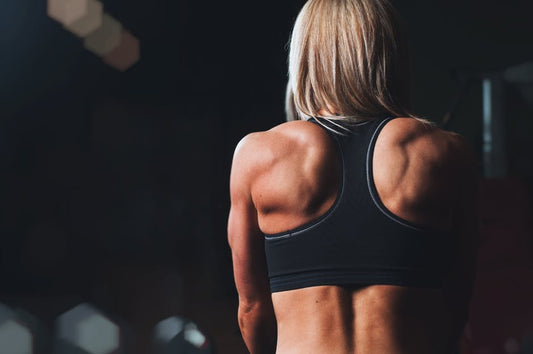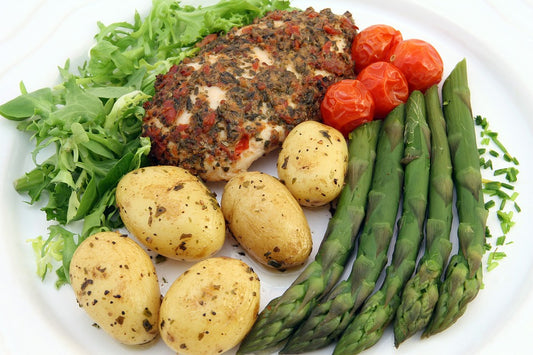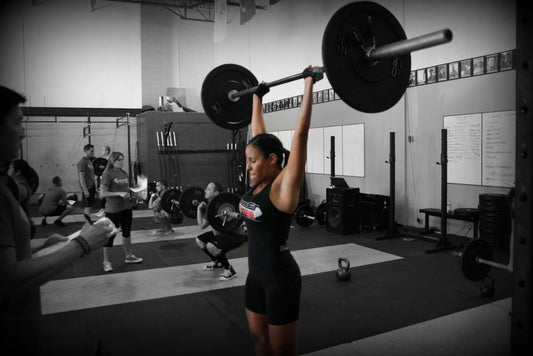CrossFit

Strengthening Your Backside with Glute-Ham Raise
Every athlete stepping into the CrossFit gym has their goal in check. For some, their goals could be athletic while others physique. Whichever you go for, your back strength, glute,...
Strengthening Your Backside with Glute-Ham Raise
Every athlete stepping into the CrossFit gym has their goal in check. For some, their goals could be athletic while others physique. Whichever you go for, your back strength, glute,...

How to Categorize Cross Training Athletes Nutri...
In sports, the success of an athlete is determined by numbers of factors, some of which include motivation, training, talent, resistance to injury among others. This means accomplished athletes need...
How to Categorize Cross Training Athletes Nutri...
In sports, the success of an athlete is determined by numbers of factors, some of which include motivation, training, talent, resistance to injury among others. This means accomplished athletes need...

Cross Training Women – Kettlebell Training Mist...
As you get used to your way around the CrossFit gym, you will discover that the kettlebell is the best equipment piece. If you can only use it right, you...
Cross Training Women – Kettlebell Training Mist...
As you get used to your way around the CrossFit gym, you will discover that the kettlebell is the best equipment piece. If you can only use it right, you...
5 Factors to Consider When Using Wrist Wraps
One advantage of CrossFit training is that you never fall short of accessories. There are belts, straps, wraps, knee sleeves, and even lifting shoes. As a functional fitness athlete, you...
5 Factors to Consider When Using Wrist Wraps
One advantage of CrossFit training is that you never fall short of accessories. There are belts, straps, wraps, knee sleeves, and even lifting shoes. As a functional fitness athlete, you...

Understanding the Thruster Exercise
Exercises can be divided mainly into two categories: compound and isolation. While isolation CrossFit exercises involve the movement around a single joint, compound exercises involve movement around more joints than just...
Understanding the Thruster Exercise
Exercises can be divided mainly into two categories: compound and isolation. While isolation CrossFit exercises involve the movement around a single joint, compound exercises involve movement around more joints than just...

Muscle Ups and Their Benefits to Your Body
The Muscle-up is an advanced calisthenics strength training exercise that requires immense upper body strength. It represents your capacity to lift your bodyweight using just your arms and hands.
Muscle Ups and Their Benefits to Your Body
The Muscle-up is an advanced calisthenics strength training exercise that requires immense upper body strength. It represents your capacity to lift your bodyweight using just your arms and hands.


